Northern pig price
Illustration photo. Photo: Internet
In the North, the price of live pigs has dropped sharply. Many localities such as Bac Giang , Hung Yen, Nam Dinh, Thai Nguyen, Phu Tho, Vinh Phuc and Ninh Binh recorded a common decrease of 2,000 VND/kg.
Some provinces such as Yen Bai, Lao Cai, Thai Binh, Ha Nam, Hanoi and Tuyen Quang have a lighter adjustment, down 1,000 VND/kg.
Overall, the price of live pigs in the Northern region fluctuates between 67,000 - 68,000 VND/kg.
Pig price in Central Highlands
Contrary to the overall downward trend in the North, the Central Highlands - Central region has clear differentiation.
Some provinces such as Thanh Hoa, Nghe An, Ha Tinh and Quang Ngai recorded a decrease of VND2,000/kg, with the current price being VND66,000/kg in Thanh Hoa, Nghe An, Ha Tinh and VND70,000/kg in Quang Ngai.
Localities such as Quang Tri, Quang Nam, Binh Dinh, Khanh Hoa and Binh Thuan slightly decreased by VND 1,000/kg, bringing prices ranging from VND 69,000/kg to VND 74,000/kg.
In particular, Quang Binh, Hue, Lam Dong, Dak Lak and Ninh Thuan still maintain stable prices, respectively 70,000 VND/kg (Quang Binh, Hue), 75,000 VND/kg (Lam Dong), 72,000 VND/kg (Dak Lak) and 74,000 VND/kg (Ninh Thuan).
Southern pig price
In the South, the live pig market has mixed developments. Some provinces such as Binh Phuoc, Binh Duong, Tay Ninh, Long An, Dong Thap, An Giang, Kien Giang, Tien Giang, Tra Vinh, Ben Tre and Soc Trang maintained stable prices from 74,000 - 76,000 VND/kg.
Some other localities such as Dong Nai, Ho Chi Minh City, Ba Ria - Vung Tau, Vinh Long, Can Tho, Hau Giang, Bac Lieu and Ca Mau recorded a decrease of 1,000 VND/kg. Of which, Ca Mau is still the place with the highest price in the region, reaching 77,000 VND/kg.
Although the price of live pigs tends to decrease, the price of pork at traditional markets remains high, causing consumption to show no signs of improvement. According to Ms. Dung, a trader at An Khanh market, Hoai Duc, Hanoi, said: “Although the price of live pigs has decreased, the price of pork bought at the slaughterhouse yesterday, March 26, was at 100,000 VND/kg, a slight decrease compared to 105,000 VND/kg a month ago. Because the retail price at the market is still high, there has been a decrease but not significant. Specifically, pork belly is 140,000 VND/kg, crispy shoulder meat is 120,000 VND/kg, rump or shoulder meat is 110,000 VND/kg, ham hock meat is 120,000 VND/kg... Because the price has not decreased, consumers have tightened their spending, changed their diet and chosen other alternative foods, causing pork to be sold everywhere at stalls but no one buys it. Instead of selling 200 kg of meat per day before, Ms. Dung's stall now only sells half that amount.”
Government Directive
On March 27, the Government Office issued an official dispatch conveying the direction of Deputy Prime Minister Tran Hong Ha on the issue of live pig prices and the pork market.
Previously, the media reported on the price of live pigs and pork, including the following comments: “The price of live pigs is at its highest in the past 5 years” and “Vietnam spends double on frozen pork”.
Accordingly, press reports indicate that the price of live pigs in some localities has reached VND80,000/kg, the highest peak in 5 years. Local shortages in domestic supply are believed to be the main reason for the high price of pigs.
Experts say that pig prices may continue to increase in the coming time, especially in the Northern and Central provinces.
Mr. Nguyen Kim Doan, Vice Chairman of the Dong Nai Province Livestock Association, said: “African swine fever and foot-and-mouth disease have been quite complicated since last year, which has reduced pig production.”
On farms, many newborn pigs and suckling pigs are slow to grow, leading to a decrease in the supply of piglets, causing the total pig herd to decrease significantly. This causes the price of pork to increase rapidly, while farm owners have not had time to rebuild their herds.
It is predicted that the epidemic will soon be controlled, helping to stabilize the supply of pork. However, market prices are unlikely to return to their previous levels in the short term.
In fact, the cost of animal feed is increasing compared to last year, making farmers hesitant to restock.
Faced with this situation, the Deputy Prime Minister directed the Ministry of Agriculture and Rural Development to coordinate with the Ministry of Industry and Trade, associations and enterprises to assess the market situation, and at the same time implement solutions to balance supply and demand, promote livestock farming and control diseases.
Besides, the control of intermediaries is also required to be strictly implemented to ensure reasonable prices in the market.
Source: https://doanhnghiepvn.vn/kinh-te/gia-heo-ngay-28-3-2025-sut-giam-manh-tren-dien-rong/20250328100139042




![[Photo] Award ceremony for works on studying and following President Ho Chi Minh](https://vphoto.vietnam.vn/thumb/1200x675/vietnam/resource/IMAGE/2025/5/20/a08ce9374fa544c292cca22d4424e6c0)


![[Photo] Vietnamese shipbuilding with the aspiration to reach out to the ocean](https://vphoto.vietnam.vn/thumb/1200x675/vietnam/resource/IMAGE/2025/5/20/24ecf0ba837b4c2a8b73853b45e40aa7)




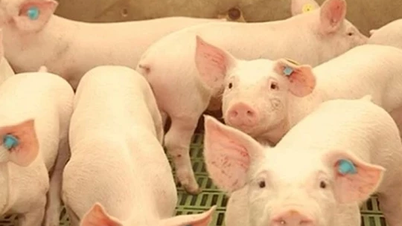

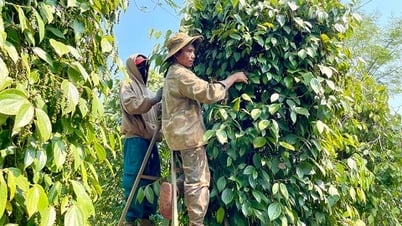




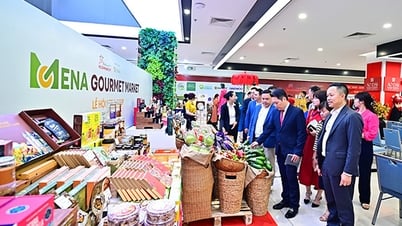

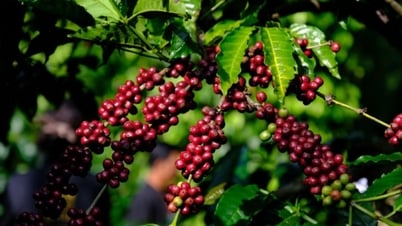







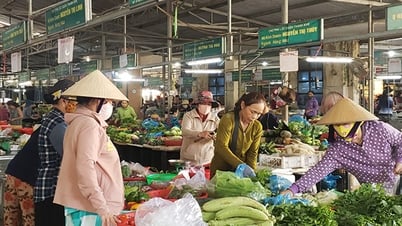















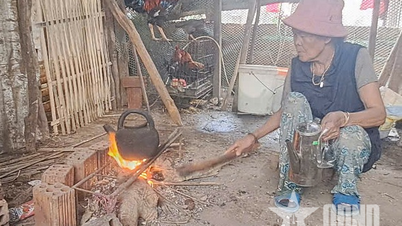











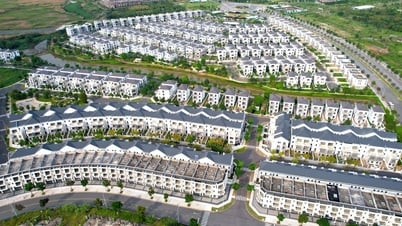








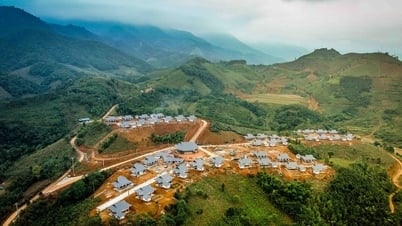











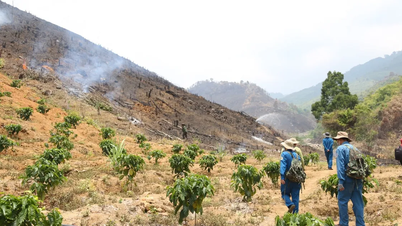







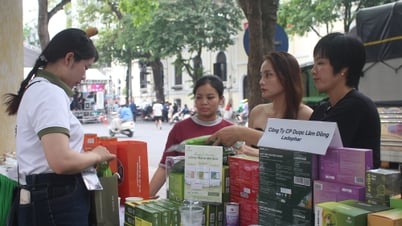









![[VIDEO] - Enhancing the value of Quang Nam OCOP products through trade connections](https://vphoto.vietnam.vn/thumb/402x226/vietnam/resource/IMAGE/2025/5/17/5be5b5fff1f14914986fad159097a677)
Comment (0)